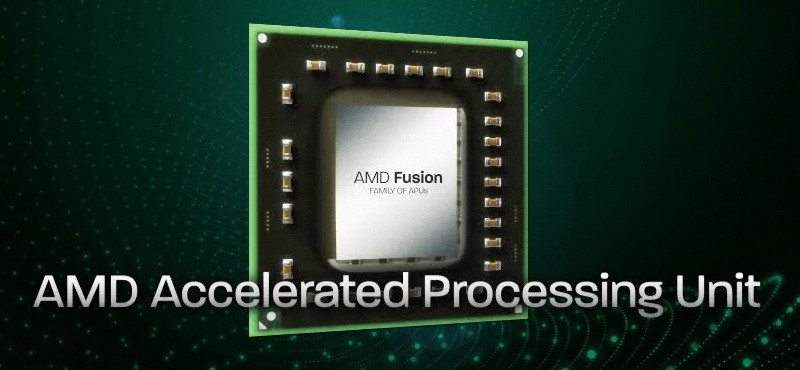AMD Pledges 25X APU Efficiency Gains By 2020
Ryan Martin / 11 years ago

AMD is pledging to ramp up improvements in its APU products by 2020. AMD claims it will deliver a 25X increase in power efficiency by 2020 from 2014. It makes such bold claims after managing just a 10X increase in efficiency in the six years between 2008 and 2014. AMD claims its efficiency gains will help to drive power consumption down on the 3 billion personal computers worldwide and the 30 million computer servers which combined use 2.5% of annual electricity consumed, that will only work if AMD can actually get inside these systems and servers. AMD claims that using the logic of Moore’s law they will be able to deliver at least a 70% reduction in power consumption by 2020 from architectural improvements and reduced process nodes. Most of the power consumption reductions will come from idle scenarios.
AMD’s claims sound impressive but we’ll have to wait and see whether they actually materialise, as this is after all a story emerging from their PR department which is notorious for its dubious claims. However, the focus from AMD seems to be fairly clearly – APUs will lead the way for their future. Power consumption has never been AMD’s strong point so let’s hope they can finally gain themselves some form of competitive advantage in this space.
- Heterogeneous-computing and power optimization: Through Heterogeneous System Architecture (HSA), AMD combines CPU and GPU compute cores and special purpose accelerators such as digital signal processors and video encoders on the same chip in the form of APUs. This innovation from AMD saves energy by eliminating connections between discrete chips, reduces computing cycles by treating the CPU and GPU as peers, and enables the seamless shift of computing workloads to the optimal processing component. The result is improved energy efficiency and accelerated performance for common workloads, including standard office applications as well as emerging visually oriented and interactive workloads such as natural user interfaces and image and speech recognition. AMD provides APUs with HSA features to the embedded, server and client device markets, and its semi-custom APUs are inside the new generation of game consoles.
- Intelligent, real-time power management: Most computing operation is characterized by idle time, the interval between keystrokes, touch inputs or time reviewing displayed content. Executing tasks as quickly as possible to hasten a return to idle, and then minimizing the power used at idle is extremely important for managing energy consumption. Most consumer-oriented tasks such as web browsing, office document editing, and photo editing benefit from this “race to idle” behavior. The latest AMD APUs perform real-time analysis on the workload and applications, dynamically adjusting clock speed to achieve optimal throughput rates. Similarly, AMD offers platform aware power management where the processor can overclock to quickly get the job done, then drop back into low-power idle mode.
- Future innovations in power-efficiency: Improvements in efficiency require technology development that takes many years to complete. AMD recognized the need for energy efficiency years ago and made the research investments that have since led to high impact features. Going forward many differentiating capabilities such as Inter-frame power gating, per-part adaptive voltage, voltage islands, further integration of system components, and other techniques still in the development stage should yield accelerated gains.
Source: AMD PR, Via: TechPowerUp
Image courtesy of AMD



















